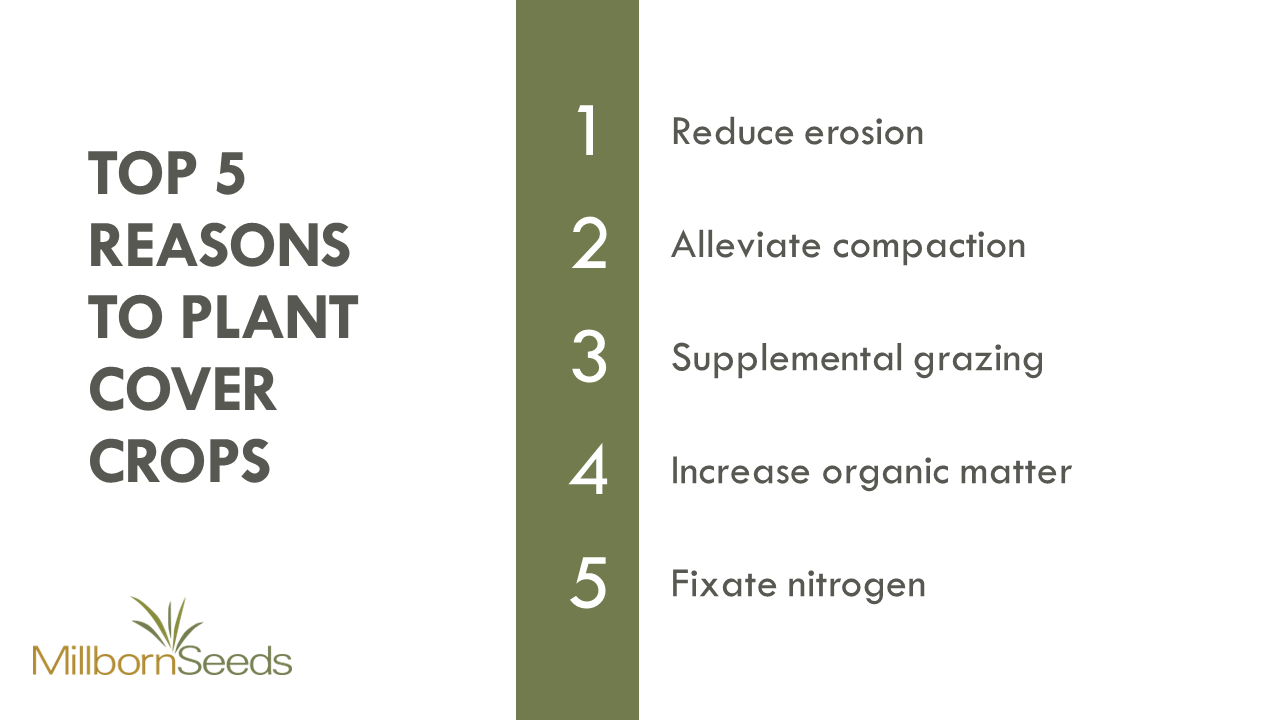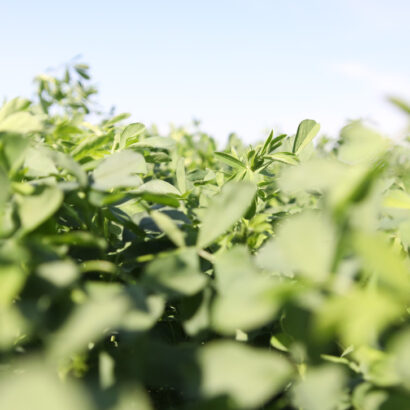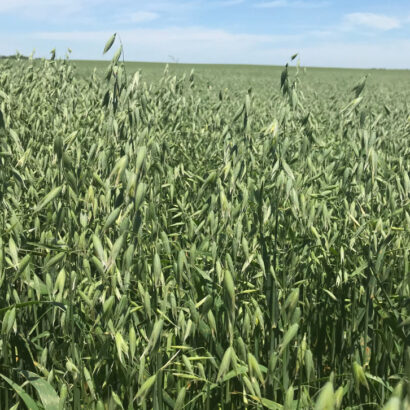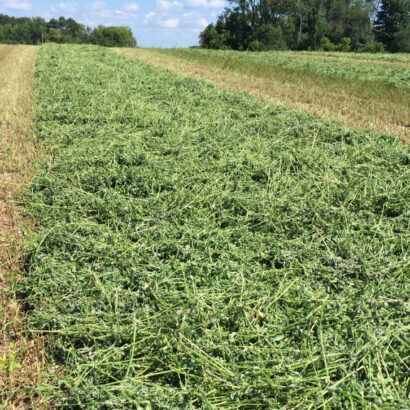Cover crops – they sound great in theory, but should you actually take action and put them into your crop plan? The answer is yes…and here’s why.
Reduce Erosion
Over the last few years in the upper Midwest, we have experienced more open winters and higher winds than we are historically used to. Through this, we have seen the importance of residue on the soil surface. When we see soil build up in the ditches, it is the best soil in our field that is now gone. Cover crops are a great way to provide protection of the soil surface. The Carbon-to-Nitrogen (C:N) ratio of a cover crop mix will show us how fast the residue will break down. If we want a cover crop to break down faster, we want a low C:N ratio (usually more broadleaves), but if we want more residue on the surface the following spring, we want a higher C:N ration (usually grasses). We have also seen an increase in popularity with winter annuals – rye being the most common. These cover crops are planted in the fall, and will put a little growth on in the fall, vernalize over the winter, and then regrow again in the spring. This crop is easily killed on a good spraying day with common burndowns.
Reduce Compaction
Reducing compaction is a common reason producers would plant a cover crop. This can be on end rows that see a lot of traffic throughout planting/harvest season, or entire fields that are experiencing some hard pan layers. The best way to fix this is by busting through the hard layer with deep tap root. Radishes and turnips are best for this. One very important factor to successfully alleviating compaction is time. We need about 30-45 good growing days to ensure that we can get these tubers deep enough to start punching through. This is one of the “easiest” problems to fix with a couple years of a good cover crop.
Supplemental Grazing
Grazing is one the easiest ways to put a tangible return on a cover crop investment. Cover crops planted following a small grain or silage harvest give the best opportunity for grazing. We see very good success with brassicas in these scenarios, as they have great cold tolerance. A grass in the blend will add tonnage. If spring grazing is needed, rye or winter triticale break dormancy after winter very early and can provide a month of grazing before perennial pastures are ready.
Increase Organic Matter
Organic matter and carbon have been a couple “buzz” words around the industry in recent years. As carbon credit programs become more popular, sequestering carbon will be of upmost importance. We see this being done best through cover crops with a relatively high C:N ratio. Although they take a bit longer to completely break down, the more residue and plant material leads to more potential for an increase in organic matter. Also, with more organic matter, we see more potential for plant availability nutrients throughout the growing season. Grasses (warm or cool season) are an example of a high C:N cover crop. Put to work with a legume and brassica, we see potential of at least .1% increase each year.
Nitrogen Fixation
With increased fertilizer prices, natural production of nitrogen has grown in popularity. This can be done through the use of legumes as a cover crop or in a cover crop mix. We see a minimum of 60 days of growth to have a realistic nitrogen fixation of 30-80 lbs. If the legumes are inoculated with the correct inoculant for each legume, we see a boost in nodulation and a shorter timeframe to start the process. Species that overwinter, give us another opportunity to fix some nitrogen in the spring. Medium red clover and hairy vetch are the most common options here. If we are wanting them to winter kill, annual clovers and common vetch are often used.
As you can see, cover crops provide many benefits to your operation. If you have specific questions, contact one of our Forage + Cover Crop Specialists!




Discussion
0 Comments